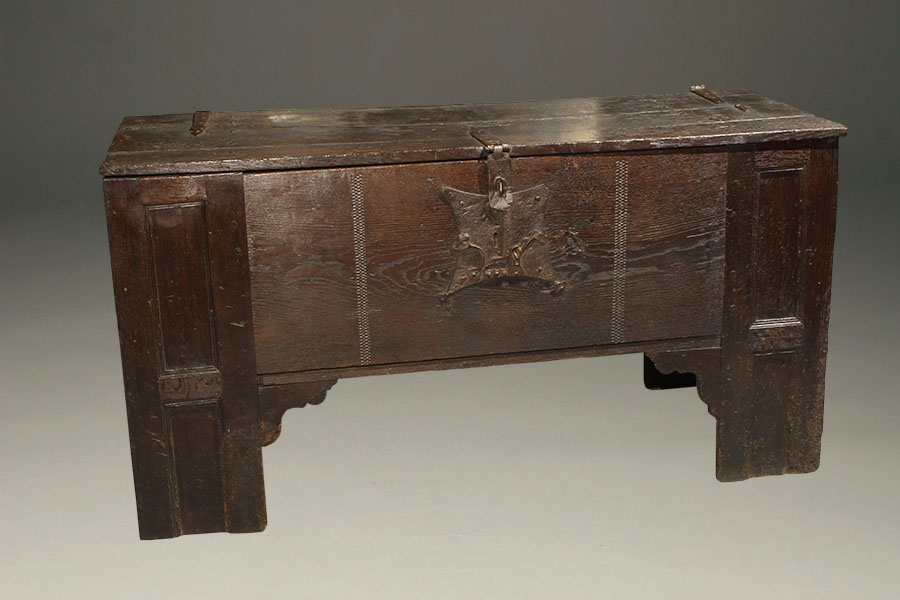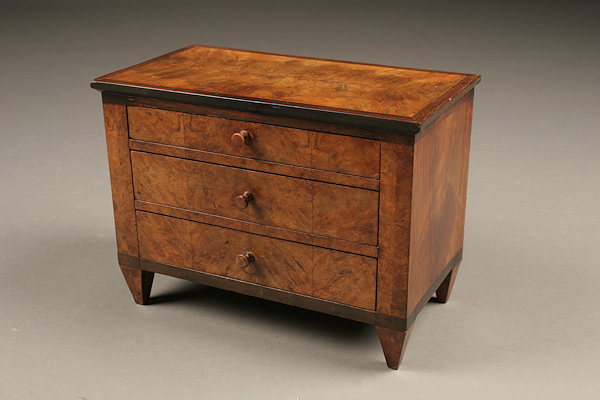We all have them – friends and family members who seem to have everything and are therefore difficult to buy holiday gifts for. If you are on the hunt for something truly unique, then Beauchamp Antiques is the place for you. Almost any interest or theme can be found in antique indoor accessories. Wine enthusiast? How about an antique wine corker? Dreaming of a trip to England? How about an English smoker’s cabinet? Francophile, or lover of all things French? There are too many options!
Below are a few examples of the one-of-a-kind and interesting antiques that would make the perfect gift for the hard to buy for people in your life:
Antiques for The Social Butterfly:

Know someone who is always throwing a get together? Our collection of platters, servers and display items would be a welcome gift. The unique shape of this early 20th century silver bon bon dish shown above will add interest to the dinner or buffer table. It could be used as originally intended – to serve delicate desserts – or to add ambiance to a table by holding tea lights. At Beauchamp Antiques, we use it as a business card display while it awaits its new home. We love the versatility of this piece.
Antiques for Lovers of the Sea:

Walk in to most home décor stores and you will find a beach or seaside oriented section. However we challenge you to find pieces as authentic or realistic as these richly colored nautilus shells pictured above! Placed on a 4” decorative base, they offer a different way to express one’s love of the ocean. While they are the perfect compliment to a shell collection, the nautilus would be an interesting accent piece in any décor.

Antiques for European and American History Buffs:

The English smoker’s cabinet pictured above is the perfect example of the history and romance inherent in antiques. Tobacco played a large role in Europe and in the birth of the United States. These pieces were created and used to store the storied leaves as well as their related implements, and are a rare find today. Whether in a living room, dining room, great room or study, this piece would surely invite interest and conversation from guests.

Antiques for Oenophiles:

Everyone gives a wine lover wine, so why not try something different? The wine corker shown above would have made its original home in mid-19th century France. Today, if the gift receiver is an amateur wine maker, they can use this corker to preserve their own creations!

We have another French antique for the wine enthusiast – a nickel-plated zigzag wine opener. Make sure you are there when they open their gift because half the fun will be watching them figure out how to use it! While fully functional, it would also serve as a unique accessory for a wine cellar or bar.
Antiques for the Gourmet Cook:

Gizmos and gadgets are a cook’s best friend – why not give your favorite culinary genius one they are more than likely not going to have already? At Beauchamp Antiques we have a wide variety of antique French seltzer bottles, which can add a bit of romance to a kitchen décor. The thick glass comes in many colors, and some are etched with company logos from a bygone era. The spouts are made out of pewter that has aged into a lovely patina. These seltzer bottles are also perfect for the Francophile in your life.

The rich colors and unique shapes of antique copper pieces are a lovely way to bring warmth and visual interest to a kitchen or dining room. For example, the sumptuous lines and larger size of this 18th century Flemish teapot pictured above would be the perfect accessory for open shelving, buffet top or a deep window ledge. One of the best characteristics of copper is the patina that blooms from aging. This French poissoniere is a perfect example:

Click here to see other antique indoor accessories for one-of-a-kind holiday gift-giving. Or, give us a call at 1-800-860-0109 – we can help you find the perfect gift for your hard to buy for loved one.





















 Louis XV (Louis Quinze): 1723-1774
Louis XV (Louis Quinze): 1723-1774 

